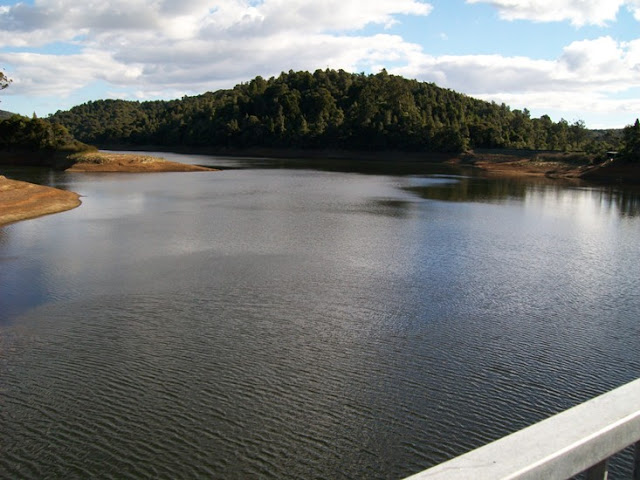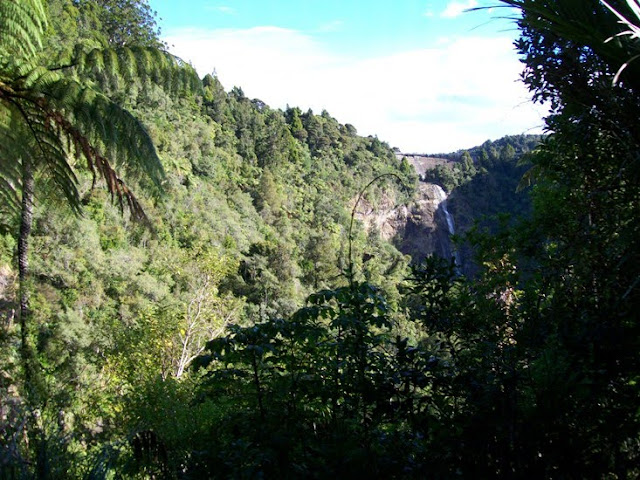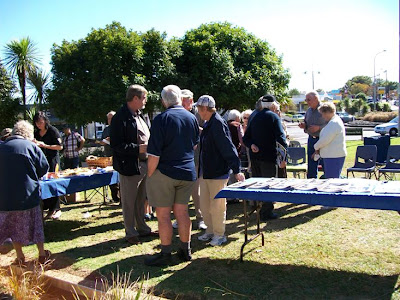From Wiki. Australian military cemetery at the Quinn's Post site in Çanakkale. This file is licensed under the Creative Commons Attribution-Share Alike 3.0 Unported license.
Chris Pugsley has done much to give New Zealanders an assessment of where we stand in terms of the Anzac legend, and our differences with Australians over the commemoration. Now, comes news that the only film footage shot of the Gallipoli campaign -- may have been wrong for the past 95 years. (NZ Herald today).
Chris Pugsley has done much to give New Zealanders an assessment of where we stand in terms of the Anzac legend, and our differences with Australians over the commemoration. Now, comes news that the only film footage shot of the Gallipoli campaign -- may have been wrong for the past 95 years. (NZ Herald today).
A decades-old case of Anzac identity theft has been uncovered 95 years after the landings at Gallipoli.
Research into the only known film of the Anzac campaign has revealed that soldiers identified as Australians are New Zealanders and Irishmen.
New Zealand military historian Chris Pugsley, a lecturer at Britain's Sandhurst Military Academy, said the discovery highlighted New Zealanders' contributions and restored their rightful place in the Anzac story ...
Soldiers in a vivid trench fighting scene thought to have been of Australians were the 5th Royal Irish Fusiliers at Suvla Bay, and soldiers shown carrying water through the trenches to the frontline at Quinn's Post were from the Wellington Infantry Battalion.
Mis-identification of the soldiers in Bean's film had been deliberate, and was done because of the need to show an Australian narrative, Dr Pugsley said.
A HISTORICAL battle has erupted between old Anzac partners Australia and New Zealand over which country's soldiers are shown in rare footage of the Gallipoli campaign.For the record, aside from the site being named after an Australian, I can find few references online which claim absolutely that Quinn's Post was purely an Aussie part of the campaign. The National Library of Australia says:
With the Anzac landing's 95th anniversary just three days away, New Zealand military historian Chris Pugsley has accused revered Australian War Memorial historian Charles Bean of deliberately misidentifying New Zealand and Irish soldiers as Australians ...
The Australian War Memorial defended Charles Bean, calling him ''a stickler for painstaking accuracy'' who ''went for the dull, unvarnished truth, always''.
Its head of military history, Ashley Ekins, says soldiers shown at Quinn's Post were New Zealanders, but Bean was not trying to mislead audiences who would have known from the uniforms they were not Australians.
Quinn's Post was established by the New Zealanders and a small party of Australians on the first day of the landing as the Anzacs sought to capture Baby 700. The Australians took over the post on 26 April 1915. It became one of the most advanced and dangerous Anzac posts, the site of incessant Turkish bombardment and of some of the bloodiest encounters between the Anzacs and Turks at Gallipoli. Only 15 metres separated Anzac and Turkish troops at Quinn's. The post was named after Major Hugh Quinn who was killed on 29 May when leading a battle against a Turkish threat to recapture it. Bean viewed the Anzacs defence of the post as among their finest achievements.

















































